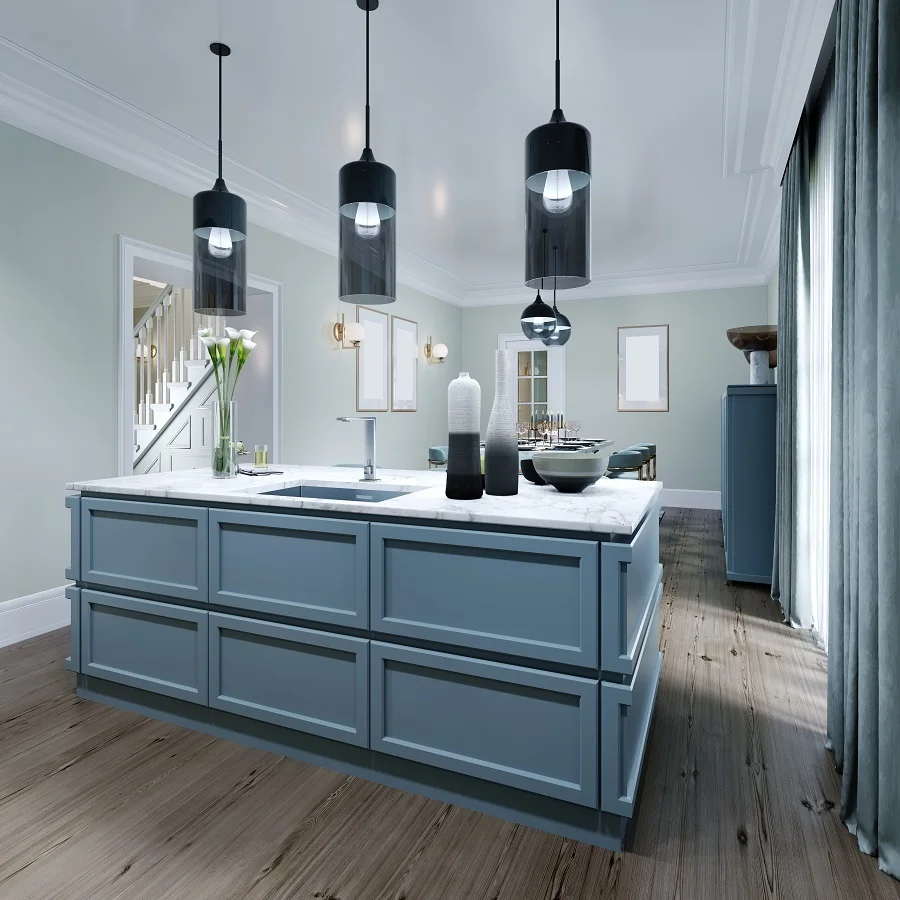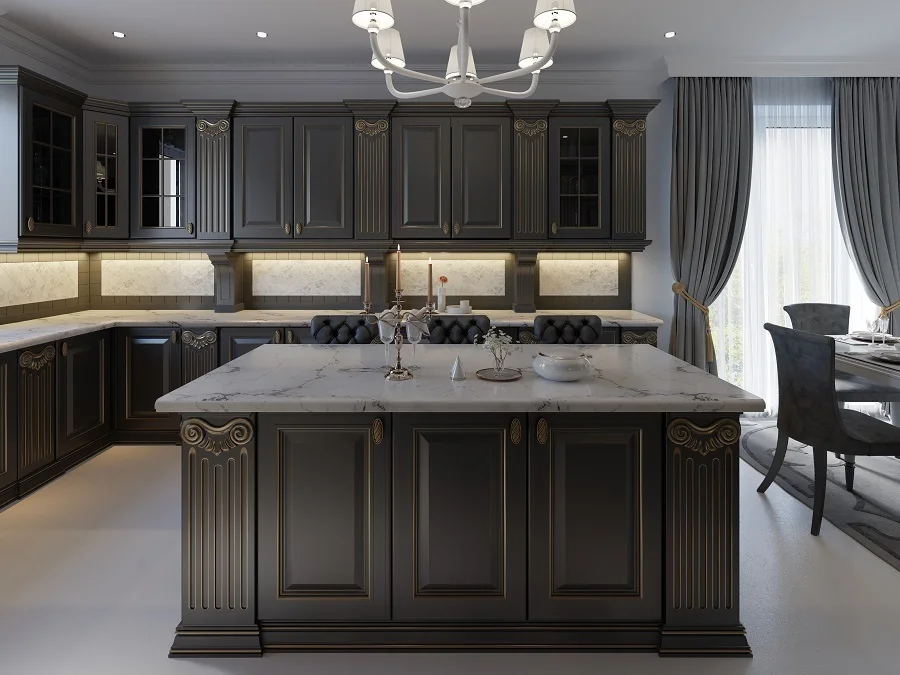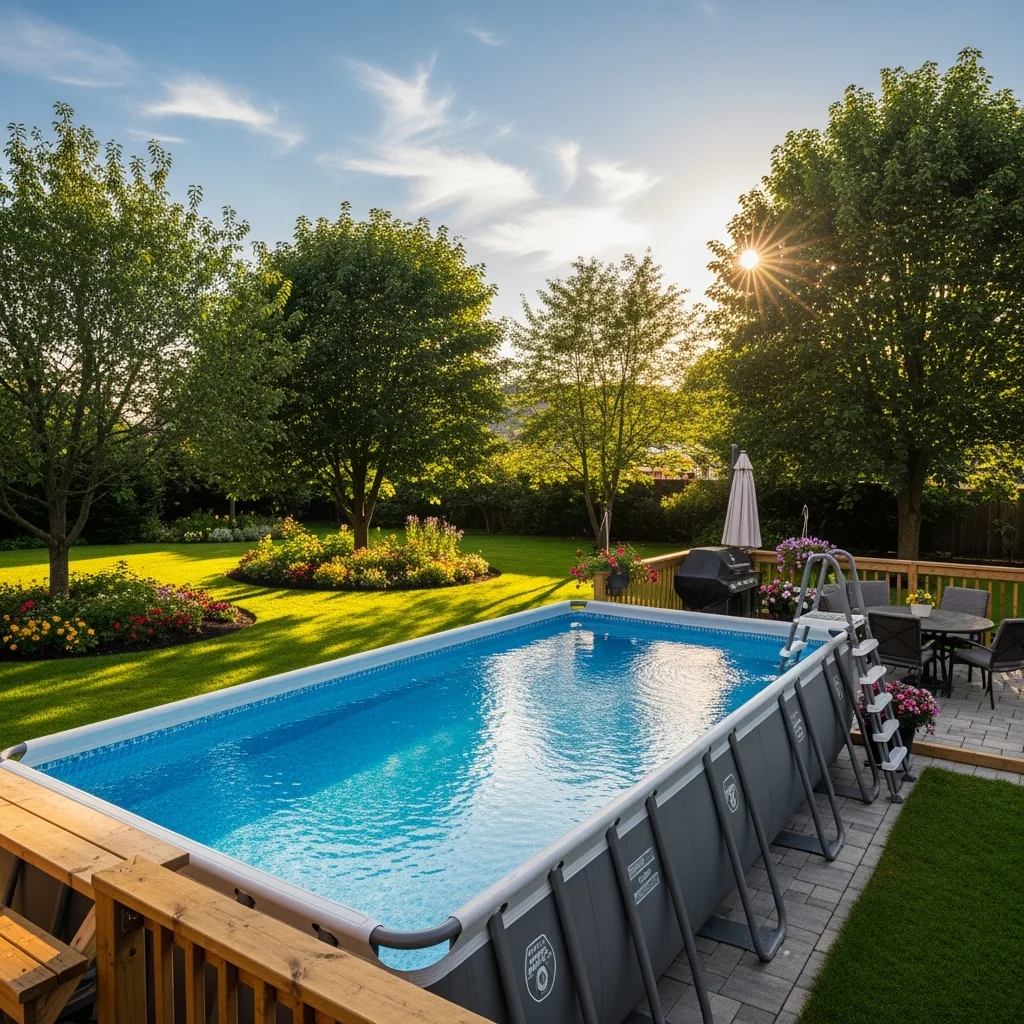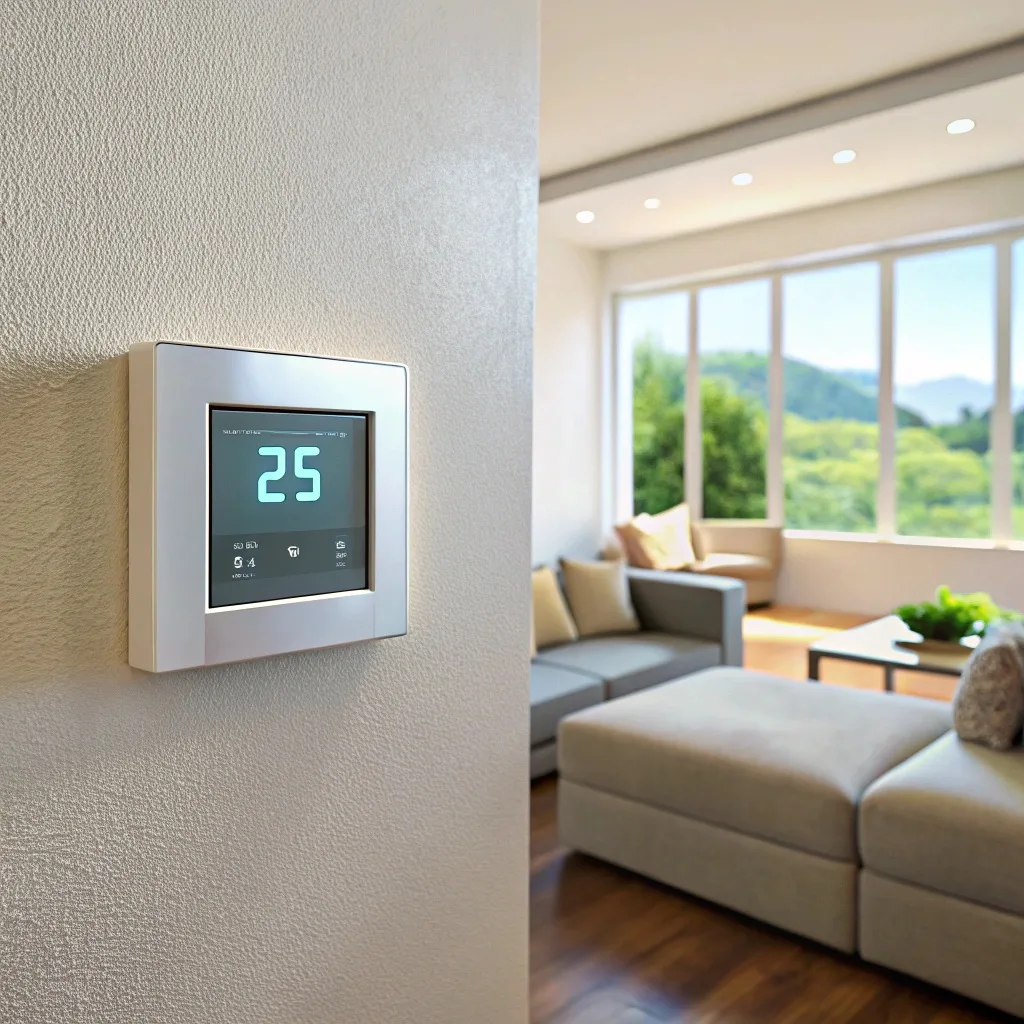Last updated on
35 to 50 lumens per square foot is usually enough for the kitchen island lighting. Here’s how to calculate it.
A kitchen island is an essential component of any modern kitchen. It increases the working area as well as storage space in the kitchen while providing your family with a suitable place to take a quick breakfast when rushing out to work or school in the morning. Proper lighting of the entire kitchen and the kitchen island is important in not only ensuring safety but also for aesthetic reasons.
It is also important to determine the purpose of your kitchen island lights. Is there accent lighting, ambient lighting, and task lighting? Different types of lighting require different brightness.
What's Inside
How Many Lumens for Kitchen Island?

Since a lot of light is required on the kitchen island, you should consider installing lamps that can provide 35 to 50 lumens per square foot of kitchen island space. This will be enough to light up your Island effectively.
How Bright Should a Kitchen Island Light Be?
Brightness is usually measured in lumens. Depending on the type of ambiance and type of lighting you choose, you must make sure the kitchen island is adequately lit. If it measures 4ft by 6ft, you should buy lights that can give you at least 840 lumens up to 1,200 lumens. Anything higher than this will only lead to energy wastage. That said, your kitchen island should be brighter than other areas in the kitchen.
How to Calculate Lumens for Kitchen Island
Measure the Space
The first step is to measure the space where the Kitchen island sits. Use a tape measure to measure the length and width of the island. Next, multiply the length and the width to find the area. After that, you can multiply the area by 35 to 50. After all, the recommended illumination for kitchen islands is 35 to 50 lumens per square foot.
Size and Scale
It is important to note that the number of lumens needed to light up a kitchen island effectively also depends on the type of lighting used. You will need more lumens if you install a chandelier, which reflects light upwards against the ceiling and walls. On the other hand, if you decide to use pendant lights, you will require fewer lumens or wattage for the kitchen lights.
Shade Type
The type of lighting fixtures you use to light up your kitchen can add to your interior decor or have an adverse effect on it. Therefore, you need to select lighting fixtures and shade styles for your kitchen carefully. There are hundreds of different types of shade styles on the market, so it is up to you to shop around and compare them before deciding to place your order. The three most common shade styles are metal shades, linen shades, and glass shades. Metal shades are the most durable.
Pendants vs. Recessed Lighting vs. Chandelier

The three most common types of lights in homes are; chandeliers, pendant lights, and recessed lighting.
Recessed lights are usually installed on the ceiling, while pendant lights and chandeliers are usually hung from the ceiling.
However, chandeliers usually have multiple light bulbs that illuminate the ceiling and walls as the reflected light fills up the room. Chandeliers can create a fantastic effect in the kitchen.
On the other hand, Pendant lights usually contain a single light bulb and shine light directly to the space below it.
Please note that you will need more lumens when using a chandelier compared to when using recessed lights or pendant lights.
Similarly, you might need several recessed lights and pendant lights over the kitchen island or a single chandelier to effectively light up the space.
What Are the Best Bulbs for Over a Kitchen Island?
There are many types of lights on the market, and they all have different pros and cons. Depending on the type of mood you’d like to create in your kitchen, be sure to choose lights based on their temperature, usually measured in Kelvin Degrees.
You should go with LED lights to save energy as they consume less energy but can produce more lumens per watt.
How to Light a Kitchen Island with a Dimmer
To set the mood in the kitchen and adjust the ambiance on demand, you should consider installing a dimmer. This control system dims the light around the kitchen except for the kitchen island.
For instance, you can have all the lights in the kitchen at maximum brightness when preparing meals but dim other lights when food is served on the kitchen island. This helps to set the mood. Ideally, you should only buy a dimmer for LED lamps.
Otherwise, you may not enjoy the experience as other lights may keep on flickering when dimmed. You will need to hire a competent installer to do the installation. Make sure you specify exactly what you expect to achieve when using the dimmer.
What Color LED Lights for Kitchen Island?
LED lights, just like incandescent lamps, come in a variety of colors. The color produced by an LED depends on the materials used to make the LED. While white is the most popular color of LED lights, there are others.
The choice of color depends on the mood you’d like to create in the kitchen and the colors of the kitchen design, flooring, kitchen cabinets, and countertop. You want a color that will bring out the best in your kitchen. Be sure to consult an expert to ensure you get the best results.
FAQ
You’ll need about one light bulb per 20 inches and 60-75 watts for each pendant light.
While you can use any type of lighting, LED lights are ideal because they don’t require much maintenance. They last longer than traditional bulbs, and they also consume less electricity.
Yes, this amount of light is sufficient for a kitchen island. However, if you plan to use the kitchen island as a dining area, you’ll need more light.
2 pendant lights are enough for a 6-foot island. If you’re planning to hang 2 pendant lights from the ceiling, you’ll need 12-16 inches between them.




